Explore Amsterdam's tourism landscape and its ongoing challenges.
January 10, 2025
Written by Turian Biel

Table of Contents
Current Tourism Challenges in Amsterdam
Overtourism and Its Impact on Local Life
Amsterdam is grappling with the effects of overtourism, receiving over 19 million visitors last year. This influx has led to overcrowding in popular areas, straining local infrastructure and services. Residents express concerns about the quality of life diminishing due to the constant flow of tourists. The city is actively seeking ways to balance the needs of visitors with those of its inhabitants, aiming to preserve the unique character of neighborhoods while managing the tourist experience.
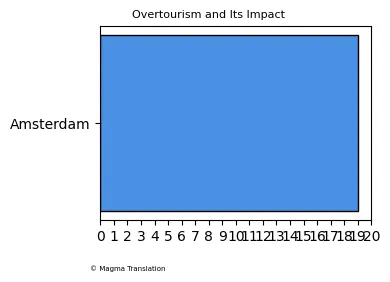
High Accommodation Costs
The rising number of tourists has resulted in increased accommodation prices in Amsterdam. The city plans to raise tourist taxes by 12.5% in 2024, making it one of the most expensive destinations in Europe. This increase in costs can deter budget travelers and create challenges for those seeking affordable lodging options. The city is exploring measures to regulate short-term rentals to ensure that residents are not priced out of their neighborhoods while still accommodating tourists.
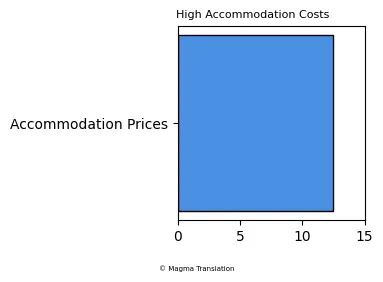
Environmental Concerns
With the surge in tourism, Amsterdam faces significant environmental challenges. The city is known for its green spaces, but the pressure from visitors threatens these areas. Local authorities are implementing initiatives to promote sustainable tourism practices, aiming to reduce litter and pollution caused by tourists. The city is also focusing on enhancing public transportation options to minimize the environmental impact of travel within the city, encouraging visitors to explore responsibly.
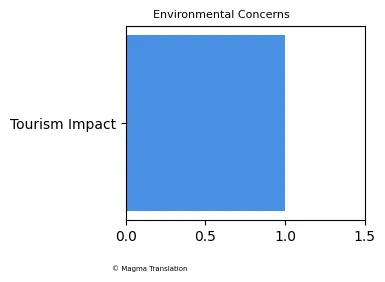
Safety and Security Issues
Tourists in Amsterdam have reported safety concerns, particularly in crowded areas like the Red Light District. Incidents of theft and scams have increased, prompting local authorities to enhance security measures. Visitors are advised to remain vigilant and avoid displaying valuables. The city is working on strategies to improve safety for both tourists and residents, ensuring that Amsterdam remains a welcoming destination.
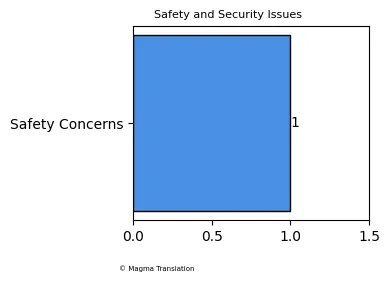
Transportation Challenges
Amsterdam's public transportation system is under strain due to the high volume of tourists. The city is known for its bike-friendly infrastructure, but the influx of visitors has led to congestion on bike paths and public transport. Local officials are exploring ways to improve transportation efficiency and accessibility, ensuring that both residents and tourists can navigate the city comfortably. This includes potential expansions of tram and bus services to accommodate the growing population of visitors.
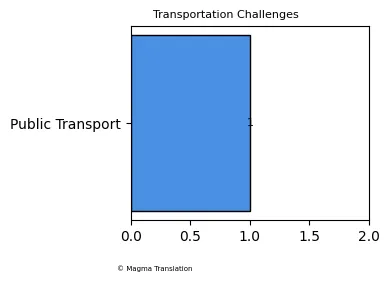
Impact on Local Businesses
The tourism boom has had mixed effects on local businesses in Amsterdam. While some establishments thrive on the influx of visitors, others struggle to compete with tourist-oriented shops that often offer lower-quality products. The city is encouraging a diverse range of businesses to cater to both tourists and locals, promoting a balanced economy that benefits all stakeholders. This initiative aims to preserve the unique character of Amsterdam's neighborhoods while supporting local entrepreneurs.
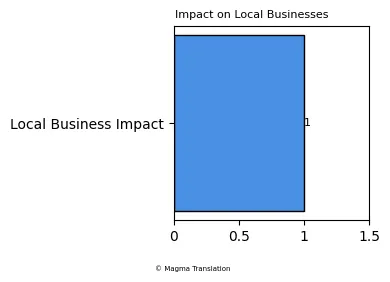
Public Sentiment Towards Tourists
Residents of Amsterdam have expressed mixed feelings about the growing number of tourists. While many appreciate the economic benefits, there is a growing sentiment that tourism is negatively impacting their quality of life. The city is actively engaging with local communities to address these concerns and find solutions that benefit both residents and visitors. Initiatives such as the "Stay Away" campaign aim to discourage disruptive tourist behavior, particularly among specific demographics.

Regulations on Short-Term Rentals
To combat the challenges posed by tourism, Amsterdam is tightening regulations on short-term rentals. The city aims to limit the number of tourist accommodations available, ensuring that local residents are not displaced by the growing demand for rental properties. This move is part of a broader strategy to maintain the city's livability while still accommodating visitors. The regulations are expected to help balance the needs of tourists and residents alike.

Visitor Experience and Expectations
As tourism continues to grow, Amsterdam is focusing on enhancing the visitor experience. The city is working to promote lesser-known attractions and encourage tourists to explore beyond the typical hotspots. This approach aims to distribute tourist traffic more evenly across the city, reducing congestion in popular areas. By highlighting unique cultural experiences, Amsterdam hopes to create a more enriching visit for travelers while alleviating pressure on its most visited sites.
Future of Tourism in Amsterdam
The future of tourism in Amsterdam hinges on finding a sustainable balance between visitor numbers and the quality of life for residents. With plans to limit tourist accommodations and increase taxes, the city is taking proactive steps to address the challenges it faces. Ongoing discussions about the impact of tourism on local communities will shape the policies implemented in the coming years, ensuring that Amsterdam remains a vibrant and livable city for all.
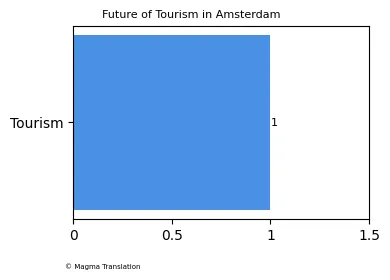
Additional Challenges Facing Amsterdam's Tourism Sector
Managing Tourist Behavior
Amsterdam has been facing challenges related to tourist behavior, particularly in areas like the Red Light District. Incidents of public intoxication and disrespect for local customs have raised concerns among residents. The city is implementing campaigns to educate visitors about appropriate conduct and the cultural significance of various neighborhoods. Local authorities are also increasing police presence in high-traffic areas to ensure safety and maintain order. These measures aim to foster a respectful environment for both tourists and residents, enhancing the overall experience in the city. source.
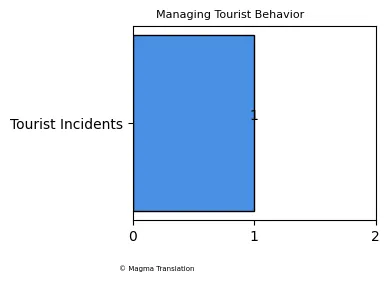
Impact of COVID-19 on Tourism Recovery
The COVID-19 pandemic has significantly impacted Amsterdam's tourism sector, leading to a sharp decline in visitor numbers. As restrictions ease, the city is focused on recovery strategies to attract tourists back while ensuring safety. Measures such as capacity limits in attractions and enhanced hygiene protocols are being implemented to reassure visitors. The city is also promoting domestic tourism as a way to rebuild its economy. As international travel resumes, Amsterdam aims to balance safety with the need to revitalize its tourism industry. source.
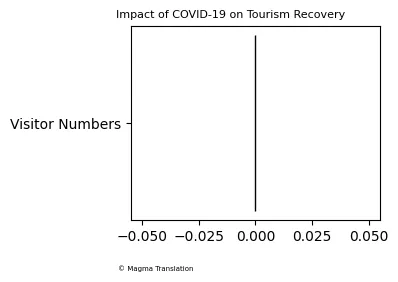
Preserving Cultural Heritage Amidst Tourism
As tourism continues to grow, preserving Amsterdam's cultural heritage has become a pressing concern. The influx of visitors threatens historical sites and local traditions, prompting the city to take action. Initiatives are being developed to protect significant landmarks and promote cultural education among tourists. By fostering a deeper understanding of the city's history, Amsterdam hopes to encourage respectful tourism that honors its rich heritage. Local organizations are collaborating with the government to ensure that cultural preservation remains a priority in tourism planning. source.
Conclusion
Amsterdam's tourism landscape is facing significant challenges that require careful management and innovative solutions. From addressing overtourism and its impact on local life to preserving cultural heritage, the city is actively working to create a sustainable tourism model. By balancing the needs of residents and visitors, Amsterdam aims to maintain its charm and livability while ensuring a positive experience for all who come to explore its rich history and vibrant culture.
